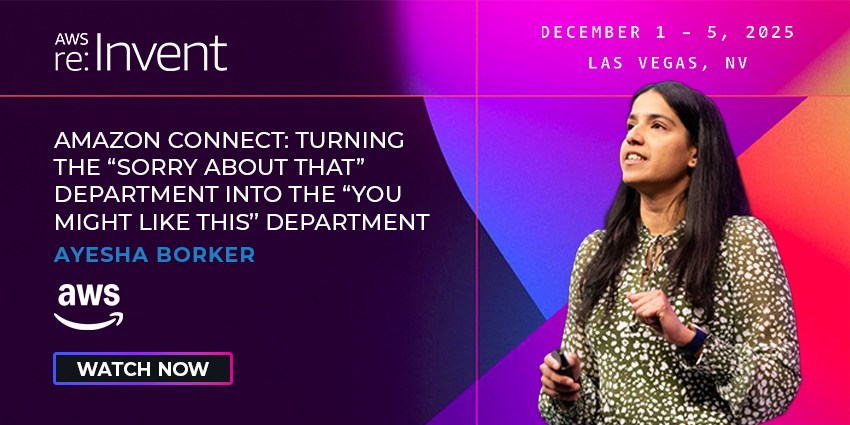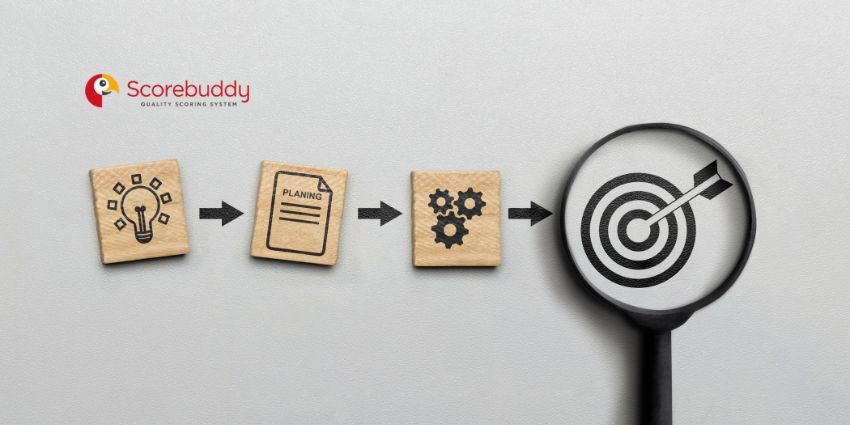This week in CX has seen a major business move from Avaya, an agentic AI release from SAP, and much more.
Here are the extracts from some of our most popular news stories over the last seven days.
Avaya to Stop Supporting Public Cloud Contact Centers with Fewer Than 200 Seats
Avaya will enforce a monthly minimum commitment of 200 seats, effective from June 30, 2025.
The move will impact Avaya Experience Platform (AXP) Public customers.
Customers with fewer seats may cancel their subscription without charge by providing a written notice to Avaya before June 30.
Alternatively, they can modify their subscription to meet the 200-seat threshold.
All AXP Public subscription bundles will be affected, including the “Digital Only”, “Voice Only”, and “All Media” offerings.
Customers that use these in combination must ensure that – all together – their seat count meets that 200-seat minimum target.
The news comes as part of an “AXP evolution update”, which Avaya sent to its customers on January 31, 2025 (Read on…).
SAP Unleashes Several “Ready-to-Use” AI Agents, Introduces a Custom Builder
SAP has launched a number of “ready-to-use” AI agents, with more slated to be released throughout 2025.
Currently available across customer service, sales, and finance, the AI agents are powered by Joule, the company’s virtual assistant.
Included in the first release is the Cash Collection agent, which SAP originally previewed at TechEd in October 2024.
The agent simplifies the dispute resolution process by collaborating across customer service, finance, and operations.
In doing so, the agent is able to mechanize various tasks that would otherwise require hours of manual work.
Moreover, the company outlined the following oven-ready AI agents: Q&A, Knowledge Creation, Case Classification
In an official SAP announcement, the company emphasized how its approach to agentic AI will differentiate it from others in the space (Read on…).
Klaviyo Launches the “Only CRM Built for B2C”, Targets Customer Service Teams
Klaviyo has unveiled a B2C CRM, taking its first “major step” into the customer service space.
Having come from a marketing and analytics background, the vendor claims that its new solution is the “only CRM built for consumer brands.”
The solution is powered by Klaviyo Data Platform (KDP) and combines the company’s Marketing, Analytics, and Service offerings.
Klaviyo highlights that its B2C CRM enables brands to efficiently manage vast amounts of data, transactions, and customer interactions at scale.
With over 350 pre-built integrations and open APIs, KDP allows users to seamlessly connect customer, purchase, and behavioral data, storing it indefinitely and making it actionable in minutes without complex setup or data silos.
Celebrating the announcement, Andrew Bialecki, Co-Founder and CEO of Klaviyo, commented:
We believe this is the future of B2C and we’re excited to deliver it for our customers.
The company explained that not only will the new platform benefit from these existing tools but will also build on them (Read on…).
Talkdesk Embeds Contact Center Tools Into Epic Cheers
Talkdesk has embedded several of its core capabilities into Epic Cheers, a popular CRM platform in the healthcare space.
The capabilities include call controls and conversation management tools from the Talkdesk Healthcare Experience Cloud.
Within Epic Cheers, these tools will help streamline the contact center agent experience, so reps don’t have to continually switch between the two platforms.
Instead, they can navigate interactions from Epic, where brands may also develop a single view of the customer.
After all, Cheers already gives agents a unified view of the patient’s current and previous interactions – alongside their relative electronic healthcare record (EHR) in “a single pane of glass”.
By making the announcement, the two vendors build upon an already close relationship, having first integrated their respective platforms in 2021.
Two years later, Talkdesk joined the Epic Workshop co-innovation program, signaling the CCaaS vendor’s intent not just to make sure the technologies inter-operate but that they overlap to benefit mutual customers (Read on…).







